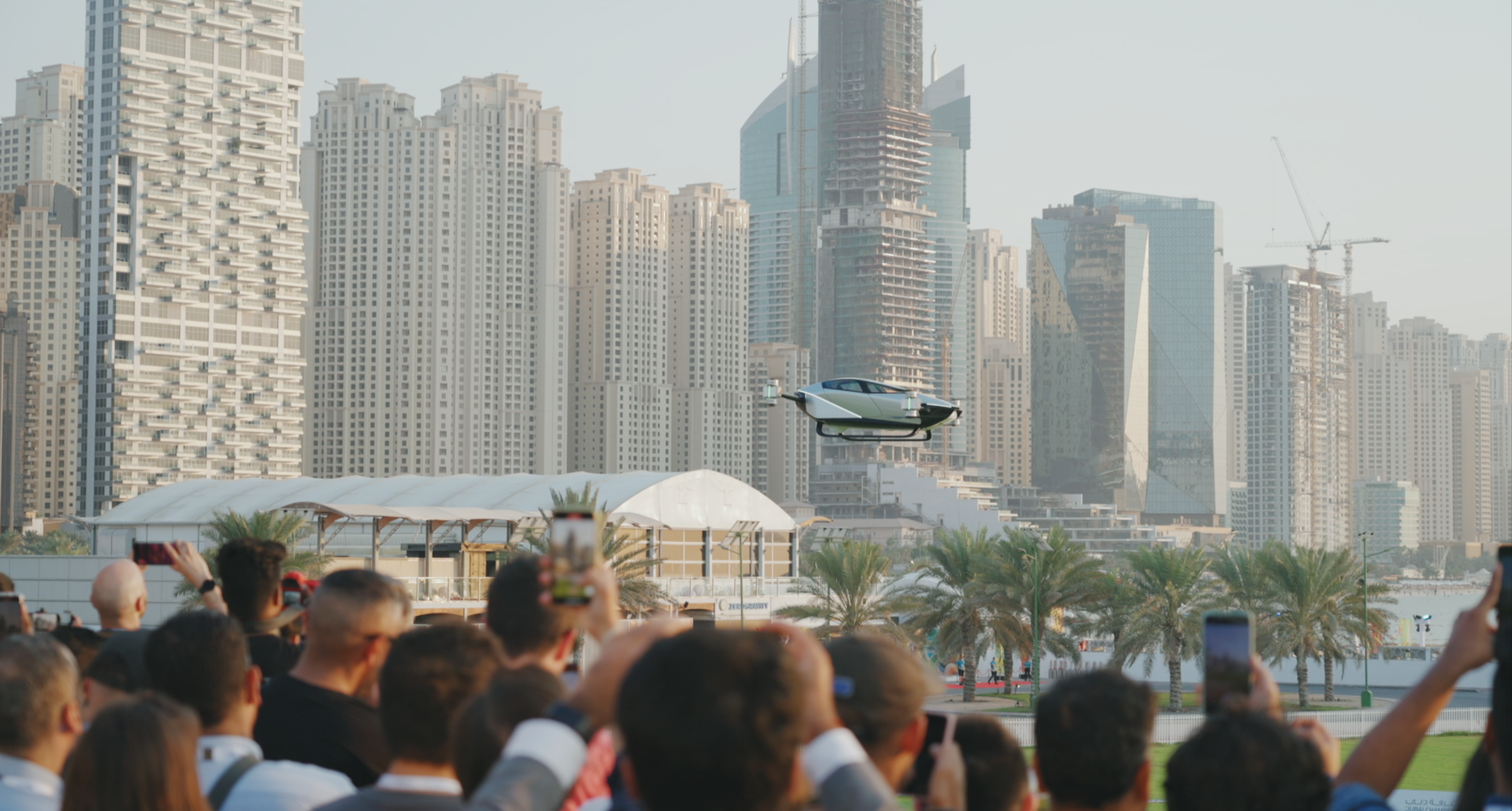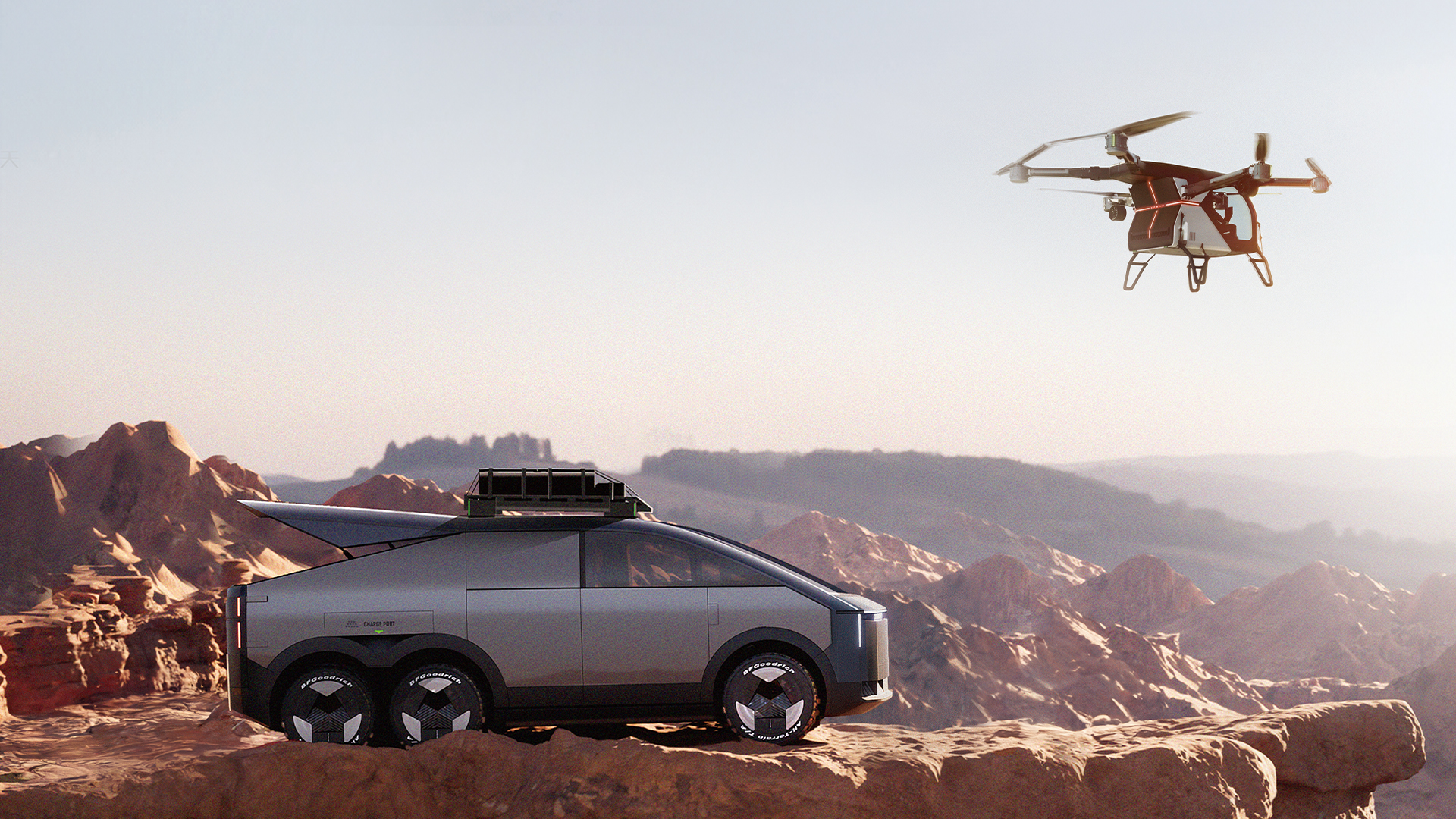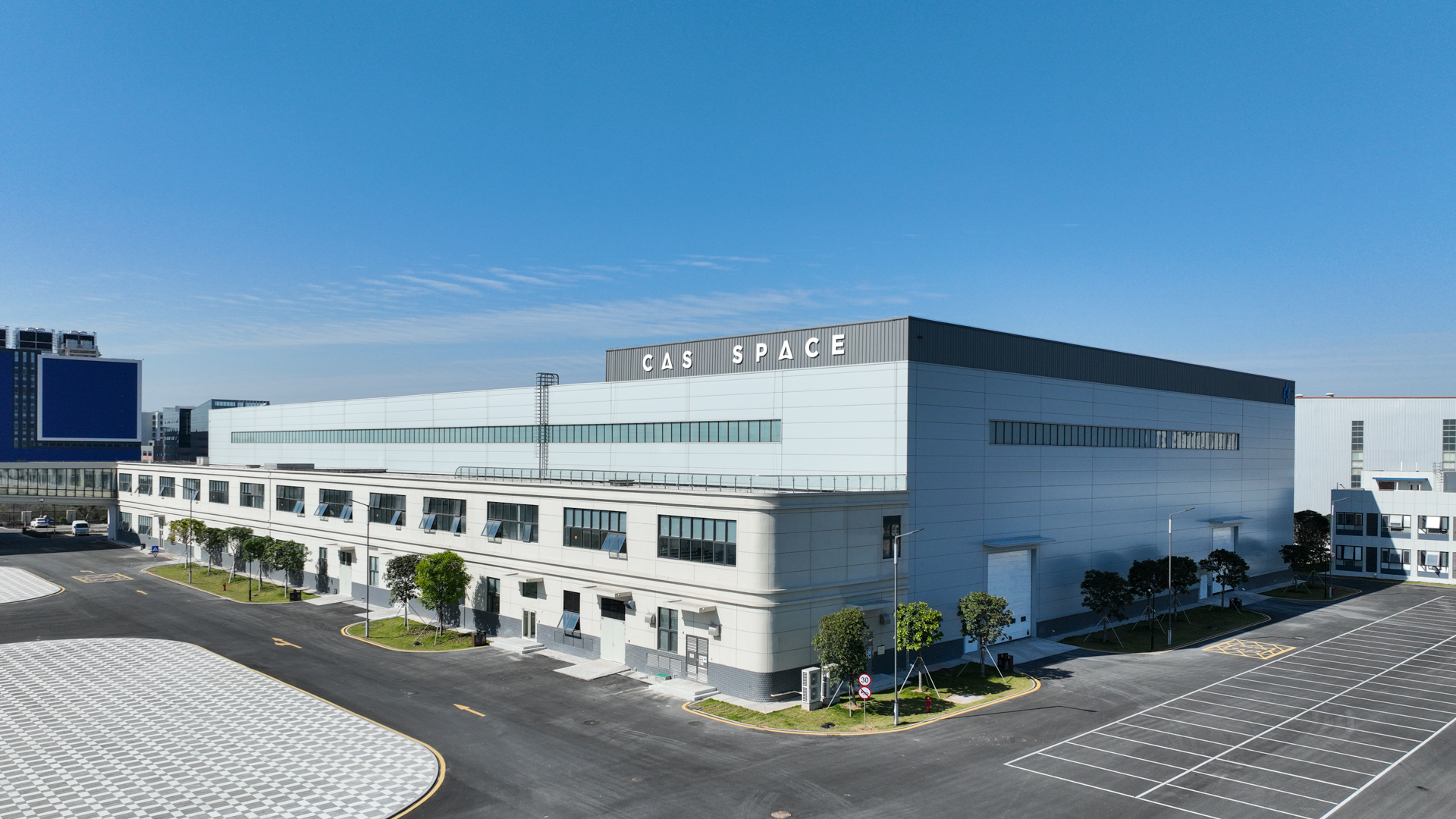
This year's government work report proposes to foster new growth engines in fields such as biomanufacturing, commercial spaceflight, and the low-altitude economy. In Guangzhou, low-altitude economy and commercial spaceflight have become the new tracks for developing new quality productivity.
The market size of China's low-altitude economy is expected to reach 1.5 trillion yuan by 2025 and is expected to reach 3.5 trillion yuan by 2035, according to data released by the Civil Aviation Administration of China. Flying car is one of the important carriers of low-altitude economy. Located in Guangzhou, XPENG AEROHT is the largest flying car company in Asia, providing products and solutions in the field of 3D transportation like urban aerial transportation, personal travel and other low-altitude scenarios.
It is said that the company has developed five products. In January 2023, the XPENG X2, one of the products, officially obtained the special flight permit issued by the Central South Regional Administration of Civil Aviation of China, becoming the first manned eVTOL (electric vertical take-off and landing) product in China to be approved.
And before that, XPENG X2 had stepped towards the global market. In October 2022, it obtained Dubai's special flight permit and completed the first global public flight.

The upcoming new generation of flying car developed by the company is also aimed at both domestic and overseas markets. According to Zhao Deli, founder and president of XPENG AEROHT, “Our upcoming product is the modular flying car, which we plan to launch in November this year and then we will start accepting orders from all over the world. After all the testing, the product'll be ready at the end of next year.”
What's the modular flying car? Zhao Deli said the it consists of the ground module and human-piloted air module. "It's like we would have a small aeroplane in the car when we go on a road trip, which could carry two people. It'll take us on a flying trip."

The development of the low-altitude economy is inextricably linked to Guangzhou's support in flight operation and infrastructure. Last month, the country's first low-altitude economic application demonstration island settled in Guangzhou Higher Education Mega Center, Panyu District. The Panyu District People's Government of Guangzhou Municipality and XPeng AeroHT signed the framework agreement to cooperate in establishing a low-altitude economic think tank, constructing flying car infrastructure, exploring flying car application scenarios, and promoting cooperation on cutting-edge low-altitude technologies.
In addition to the low-altitude economy, commercial spaceflight is also developing rapidly in the city. Located in Nansha District, Guangzhou, CAS SPACE industrial base is China's first commercial aerospace industrial base. It is said that the base could carry out rocket production and testing, with a production capacity of up to 30 rockets per year.

The operation of the base is expected to spur the development of aerospace's upstream-downstream industries in the area. Li Qinfeng, Vice Manager of CAS Space Guangzhou Corporation, said that Nansha was chosen because of two unique advantages: "On the one hand, Nansha is located in the geographic geometric centre of the Guangdong-Hong Kong-Macao Greater Bay Area; on the other hand, Nansha has a strong advantage in the industrial base of AI, automated driving, integrated circuits, semiconductors, etc., which makes the company easier to better cooperate with outstanding enterprises."
At the exhibition hall in the base, a model of a tourist cabin with four seats for a space tourism vehicle was displayed. CAS Space has signed a cooperation agreement with CTG Travel (China Tourism Group) to research and develop technology for space tourism. The guide of the exhibition hall said: "This is a one-to-one reproduction of our travel capsule, but the actual interior may look different from the one on display. It could take seven people to space at once. When they reach the 100-kilometre altitude of the Kármán line, they will experience three minutes of weightlessness and then return to Earth by parachute."
文丨古司祺
图丨受访者提供
-
China's automobile exports surge over 33% in first four months of 2024
2024-05-15 22:52:34 -
Russian Media Explores Guangdong | 'The rapid development of Shenzhen is astonishing!'
2024-05-15 22:53:14 -
The 20th China (Shenzhen) International Cultural Industries Fair to kick off on May 23rd
2024-05-15 22:53:58 -
American and Canadian female singers shine in Chinese TV show "Singer 2024"
2024-05-14 22:31:33






